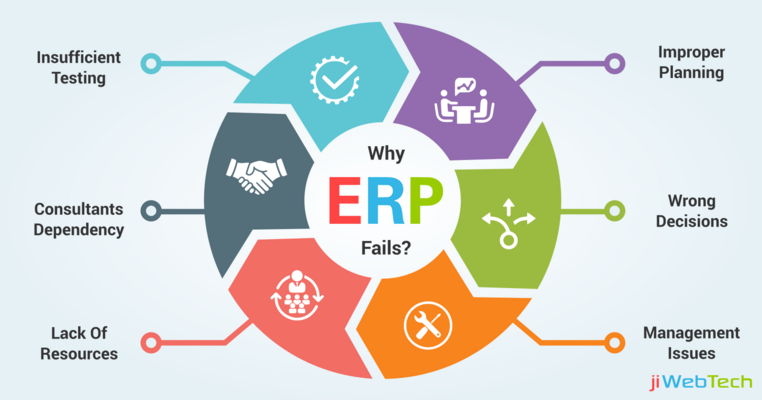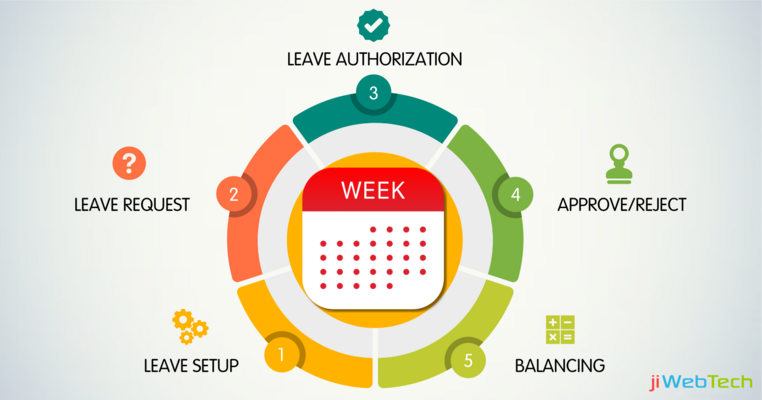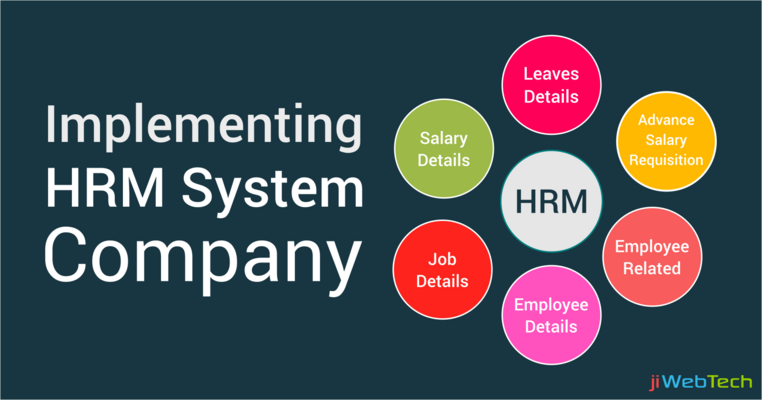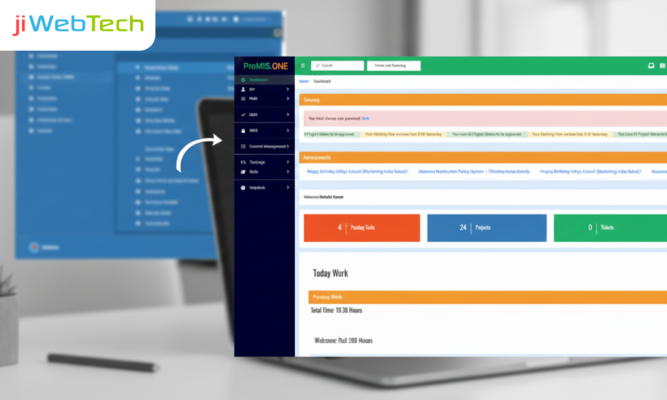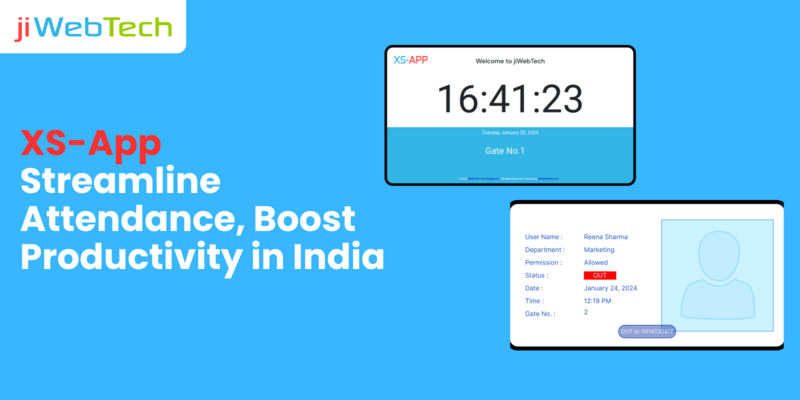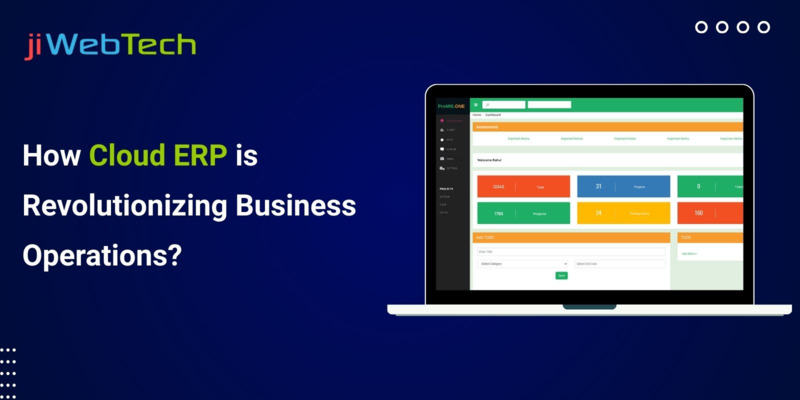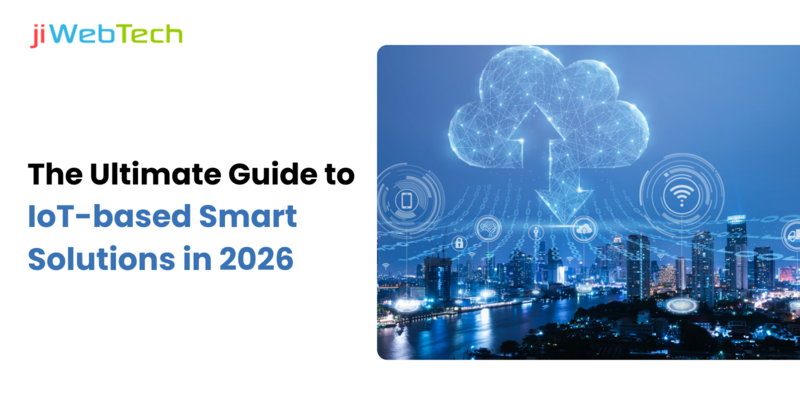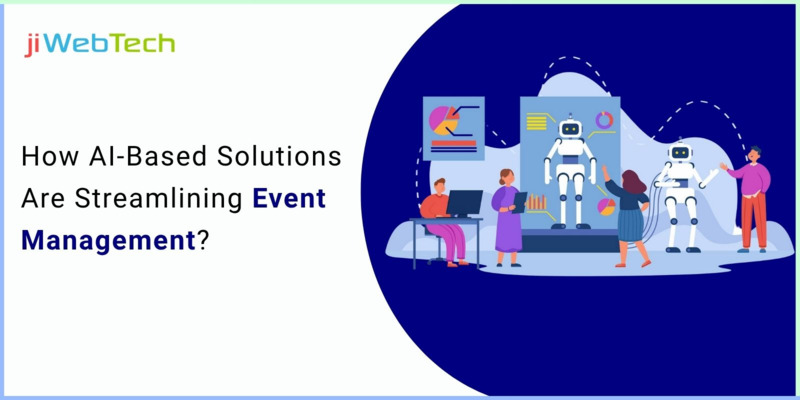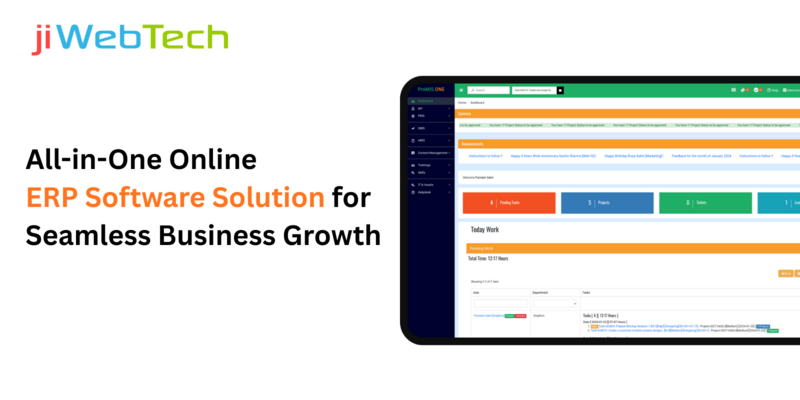- Oct 18, 2022
- Enterprise
- 4484
Share this post on:
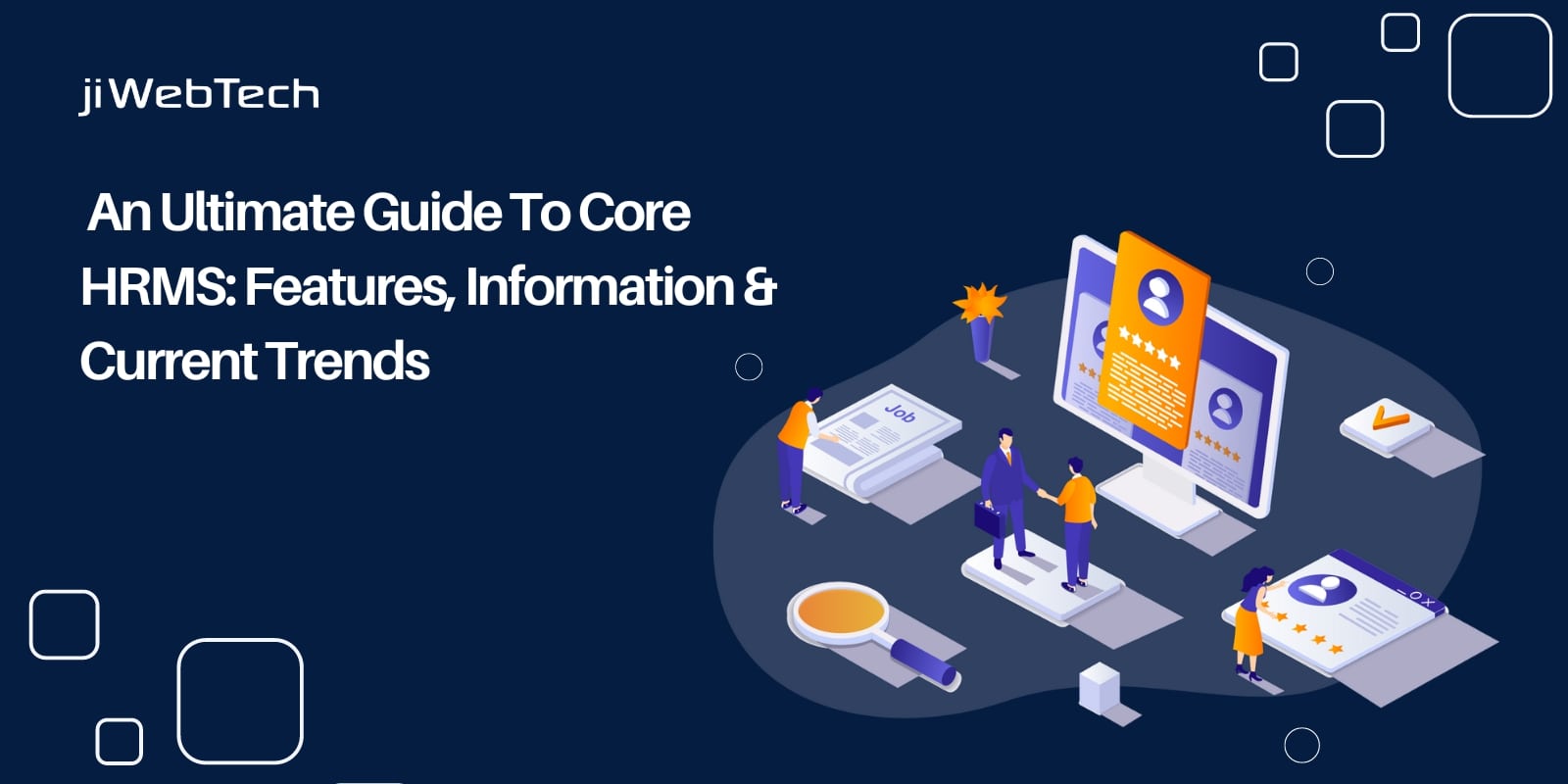
As technology evolves in the business to smoothen workflows, it is becoming increasingly important to integrate it. One technology that has been highlighted over the past few years is the Human resource management system (HRMS).
Many businesses and companies of all sizes employ HR software as a part of strategic business workflow. This approach results in increasing business performance by providing accurate financial data reporting and many other benefits.
Discover all the functions and ways to improve the HRMS software by reading the entire blog. Let’s get into it!
An overview of core HRM
Core HRM is a basic term that encompasses human resource management functions, whereas Core HRMS is software that handles HR processes and helps with storing employee information in the database. The information that is contained within the Core HR is important to the HR department. It provides information on knowing how many employees are in the company at any given time. It helps in planning for hiring needs and labor costs.
Core HRMS software and its functions
As mentioned before, any software that helps with storing employee information in a database uses employee information to generate reports and makes it easy to manage employee profiles, considered core HRMS software.
Here are the following functions of core HRMS software -
1. Payroll Management
Payroll is an essential function of HRMS. It is a helpful tool for calculating salary with individual deductions and taxing and issuing payments. It automatically generates periodic pay cheques and employee tax reports. Integrated core HRMS software encompasses all employee transactions and integrates with existing financial management systems. Lastly, the payroll management system provides a complete breakdown of payroll-related charges, such as salaries, bonuses, and rewards, to help managers determine actual budgets.
2. Time and Attendance Management
Gone are the days when every single thing related to employees' attendance records was in the manual sheets. The modern workplace utilizes new technologies to keep track of staff work hours. Whether an employee is on paid leave or under disciplinary action, core HRMS software tracks their attendance automatically. As a result, overall labor costs are decreased, and excessive overtime is eliminated, which enhances productivity.
3. Recruiting and Onboarding
This is the most common and basic function of HRMS software. It manages all the recruitment and onboarding processes. From finding and attracting potential candidates to screening resumes, scheduling interviews, and finally sending out offer letters, all work can be done by the software. This makes the entire recruiting and hiring process more efficient and well-organized.
4. Workforce Management
Core HRMS software proves helpful in workforce management. Compensation or bonus planning, employee performance management, learning, and incident recording are all performed in this function. By controlling and enhancing approval chains, HR can create timesheet structures and leave time-off policies that maximize productivity and efficiency. It is also in this function that the employee performance review process is set up, along with the goal management process.
5. Employees Performance Management
The core HRMS software is useful in displaying each employee's performance. Managers can either carry out review cycles to assess the successes and make course adjustments, or they can conduct reviews or feedback procedures regularly.
This connects you to the payroll calculations of the employees and allows you to update their CTCs by the attainment of their goals. This may serve as a means of enhancing their spirits and motivating their efforts.
6. Employee Self-service
Employees can access their data and complete their needs through the core HRMS's employee self-service portal without going to HR for assistance. They may simply manage their own time off requests, leave applications, attendance checks, download pay stubs, tax submissions, and many other tasks.
Current and future trends in HRMS software
Building an effective company, streamlining tactical HR, and increasing predictive analytics are current goals of the modern HR management system.
Here are the top three trends in core HRMS software that market suppliers have identified for the present and the future.
1. Artificial Intelligence
To enhance the results of processes, businesses are incorporating artificial intelligence into the process. As an example, facial recognition allows HR to gather attendance data to maximize the efficiency of remote and on-field staff. A chatbot works similarly to boost employee engagement and offer support.
2. Analytics
There is no question that HR tasks involve not only performing operational duties, but also strategic duties. The HR department may make proactive, data-driven decisions to better serve the needs of the organization by using predictive analytics to discover underlying trends and patterns in HR activities.
3. Mobile Applications
With the use of mobile-driven HRMS technology, employees may now take advantage of ease. Employees can use it to register their attendance, regularise it, download pay stubs, switch shifts, and perform a lot more things without consulting HR.
Wrapping-up!
We can conclude that Core HRMS refers to automated operations in firms, allowing HR to concentrate more effectively on strategic and high-value duties.
Choosing the best HR technology partner can be challenging, though, as there are many providers on the market.
But don’t worry! JiWebTech is a provider of HR solutions that automate and simplify HR processes and deliver data-driven insights to reduce risks and boost productivity. Call us right away for additional details!
